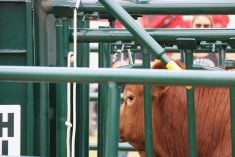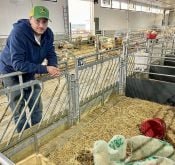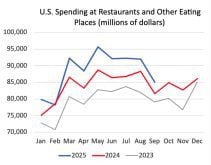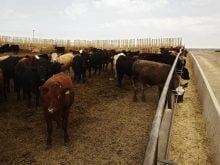On March 2, Greg Appleyard learned the meaning of the word fortuitous.
“I sold 800 fat cattle three minutes before the announcement came,” he said from his feedlot near Strathmore, Alta.
A noon-hour announcement that day told Canadian producers the U.S. border would remain shut following a preliminary injunction issued by a federal court judge in Billings, Montana.
The complaint was filed by the cattle producer group R-CALF, days after the U.S. Department of Agriculture announced Dec. 29 a rule to restart trading in live cattle. But R-CALF’s injunction win left Canadian livestock producers cursing as they wondered how a single judge could stop commerce expected to resume March 7.
Read Also
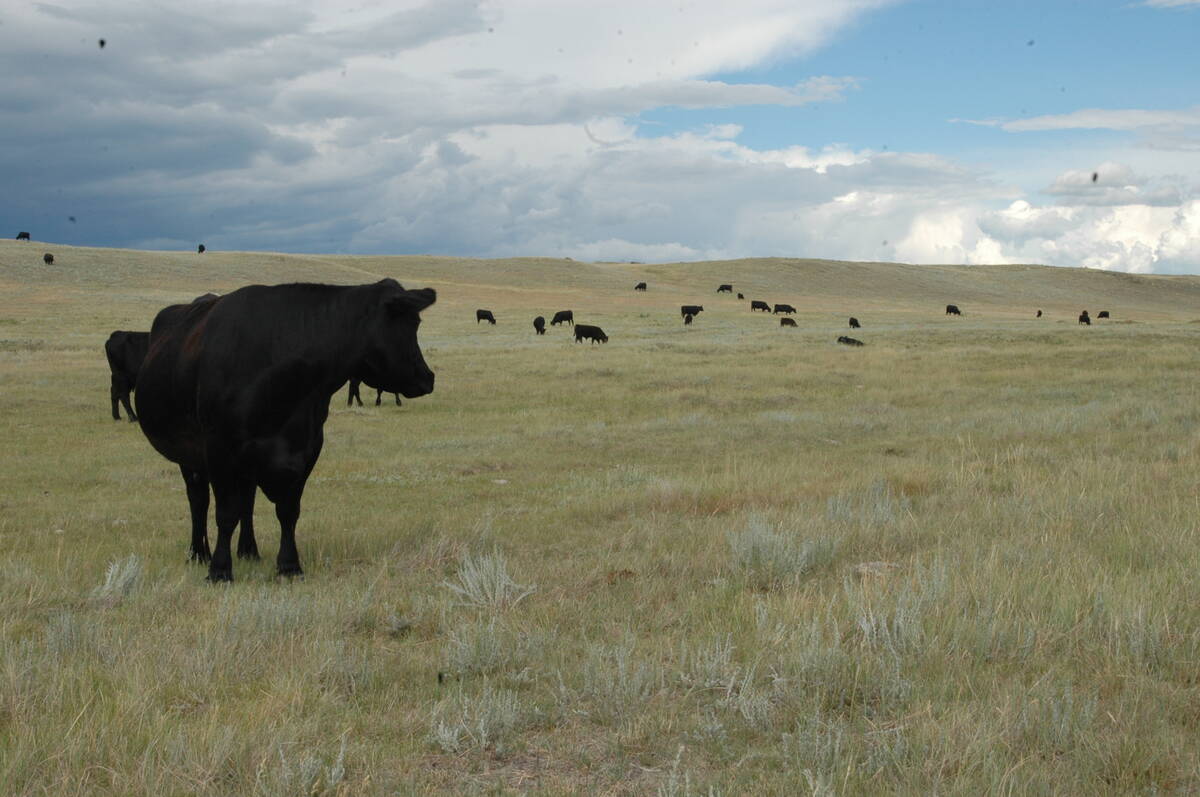
Canadian Food Inspection Agency slammed for handling of bovine tuberculosis case
The federal government leans heavily on producers to “take one for the team” and risk their livelihoods without any reassurance of support.
Bob Balog, an auctioneer at Lethbridge, was selling 2,000 head of feeder cattle when the announcement was made. There were 47 buyers on hand and he told everyone the border was not likely to open. He gave them the option to withdraw from the sale.
“They said ‘sell ’em.’ Years ago everybody would have taken them home,” he said.
That indicates a change in thinking. People are more willing to accept today’s price for fear of what might happen in a week.
“A lot of people thought it wouldn’t be easy,” he said in reference to the border opening. The paperwork, health exams and certificates were expected to be costly and time consuming.
He fears it could take months to resolve the situation as politicians and lawyers wrangle over politics rather than scientific evidence that the Canadian product is safe from BSE.
Cattle breeder Mabel Hamilton resents the implications in the written decision that Canadian beef and cattle are not safe.
“The worst thing is, it’s all lies,” she said.
However, she was not surprised to hear the injunction was granted.
“I knew in my gut they would do it.”
The R-CALF brief contained inconsistencies, said Dennis Laycraft, executive vice-president of the Canadian Cattlemen’s Association. It said the USDA should follow world animal health organization guidelines in terms of feed bans and testing, and it then asked for universal testing of Canadian cattle, which the international body does not require.
“It is not surprising that R-CALF would literally throw everything they possibly could against an issue like this,” Laycraft said. “They have had a pathway to obstruct trade with us in any way they could find.”
Science was abandoned a long time ago, said Ben Thorlakson, who feeds cattle north of Calgary and chairs the Canada Beef Export Federation.
“This is a major setback and I think we are looking at at least six to nine months,” he said in an interview before leaving for Asia to continue lobbying countries there to accept Canadian beef.
As a past-president of the cattlemen’s association, Thorlakson started fighting R-CALF when it formed in 1998. At that time the group won temporary countervail and anti-dumping duties against Canadian cattle.
“Anyone who takes them lightly does so at their own peril. They are a protectionist force and they’ll probably be around for quite awhile now that they have the taste of blood in their mouth again,” he said.
Thorlakson advises the industry to move quickly to process more live animals here in Canada because there are better markets in the U.S. and abroad.
Others are suggesting retaliation.
British Columbia agriculture minister John van Dongen called for an immediate halt to trans shipping live cattle from Hawaii through the port of Vancouver to the continental U.S.
“I believe we need to send a strong message to the United States that opposition to the border opening is not based on science or good economics, but rather on domestic trade protectionism,” he wrote in a letter to federal minister Andy Mitchell.
About 11,000 live feeders from Hawaii move through the port each year where they spend a 15 day rest period.




